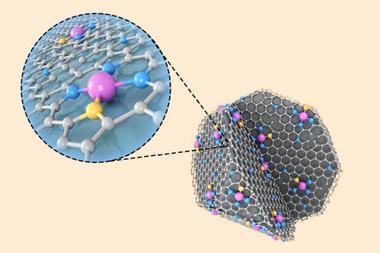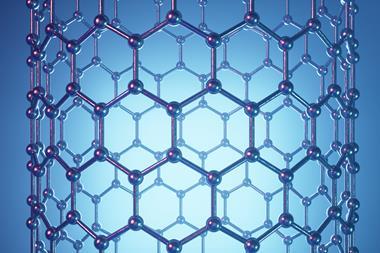Cell culture media used for testing nanomaterials does a poor job of simulating an in vivo environment and could be preventing scientists from understanding how nanomedicines respond in the body, new research shows. ‘We believe this is a key reason why accumulated knowledge on nanomaterials has not yet been translated into successful clinical applications,’ says Valentina Castagnola from the Italian Institute of Technology (IIT), who led the work alongside Andrea Armirotti.1
In vitro tests regularly use Dulbecco’s Modified Eagle Medium (DMEM) to represent a biological environment. DMEM contains important molecules for cell growth, including glucose, salts, amino acids and vitamins. And it is usually supplemented with 10% foetal bovine serum (FBS) to provide essential proteins, growth factors and hormones.
Nanomaterials placed in a biological environment become coated with proteins, lipids and other biomolecules. This layer is known as the biomolecular corona. Given a variety of complex interactions between the biomolecular corona and the biological environment shape a nanomaterial’s journey through the body, it is important to understand nanomaterials’ biomolecular corona in different media, as well as its impact on intracellular trafficking.
Castagnola, Armirotti and co-workers used high-resolution mass spectrometry to profile the biomolecular corona surrounding gold nanoparticles and graphene oxide flakes in both DMEM/10% FBS and human plasma. When the nanomaterials were immersed in human plasma, the team recorded a much higher concentration of lipids in the biomolecular corona. Moreover, intracellular trafficking analysis found that fewer early endosomes, a type of organelle, formed within pancreatic adenocarcinoma cells treated with these lipid-rich nanomaterials compared with controls.
‘Reminding the community that there are many unexplored questions in this area is important,’ comments Iseult Lynch, an expert on nanomaterials and their biological interactions, from the University of Birmingham in the UK. Castagnola and Armirotti’s findings agree with Lynch’s previous research, where she compared the biomolecular corona formed on silica and polystyrene nanoparticles over increasing plasma concentrations.2 Referring to why, over 10 years later, a mismatch between in vitro tests and the in vivo environment remains, Lynch comments ‘in research things are cyclical, sometimes a study can come almost too early for the field.’
Castagnola and Armirotti hope that their new study will ‘highlight the consequences of testing nanomaterials in the wrong in vitro environment and boost the translation of nanomaterials into clinical settings.’ They anticipate that future research will focus on adapting new tools, such as machine learning, to further understand nanomaterial toxicology and efficacy.
References
1 V Castagnola et al, Nanoscale Horiz., 2024, DOI: 10.1039/d3nh00510k
2 M P Monopoli et al, J. Am. Chem. Soc., 2011, 133, 8, 2525 (DOI: 10.1021/ja107583h)
















No comments yet